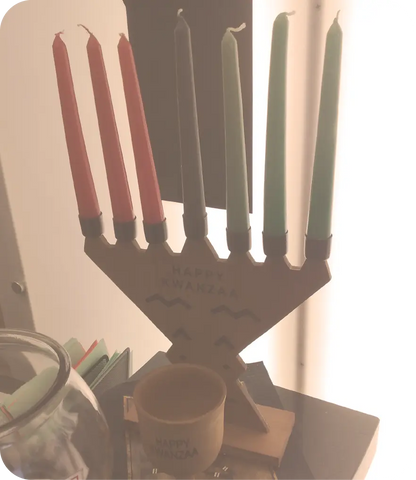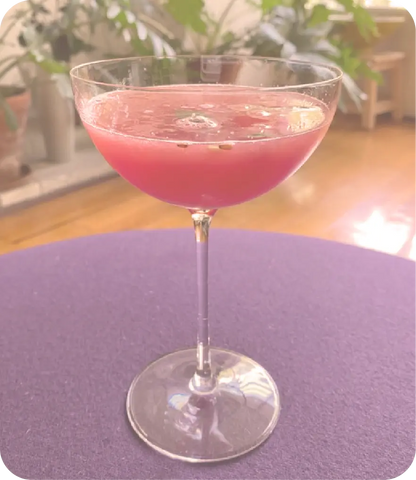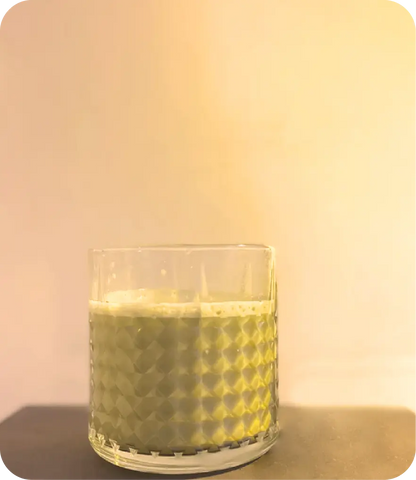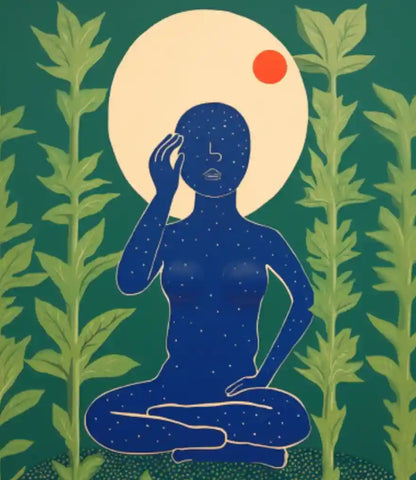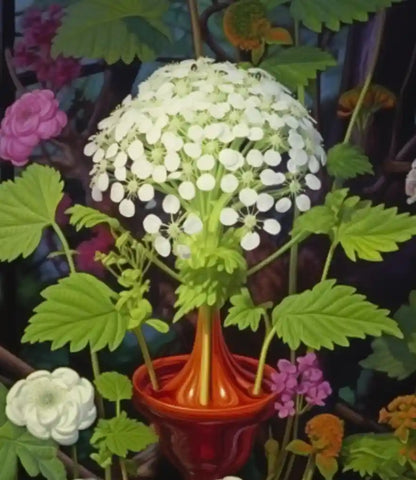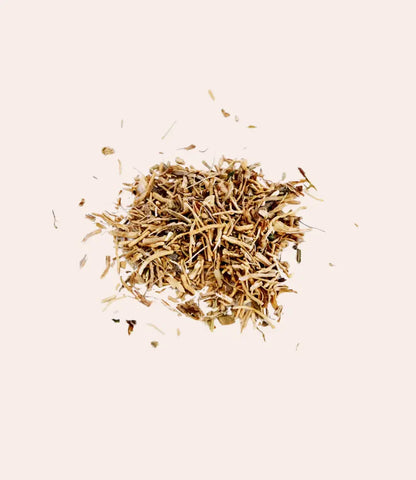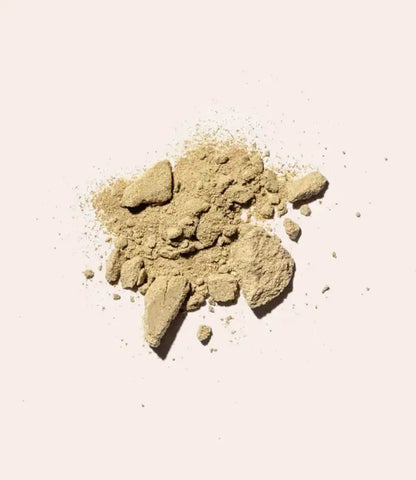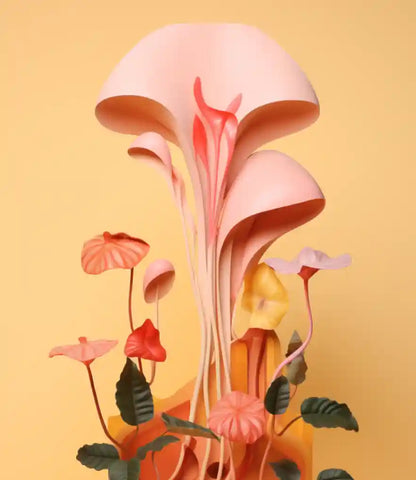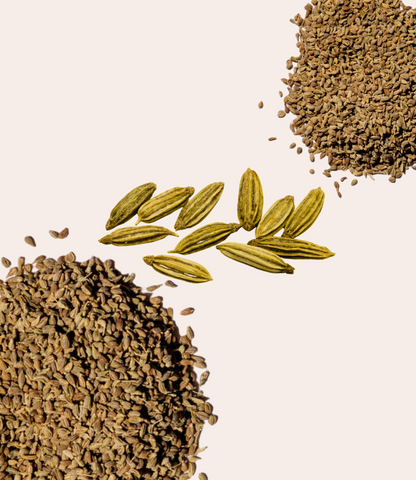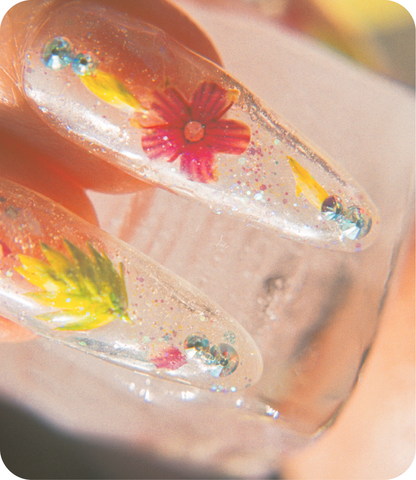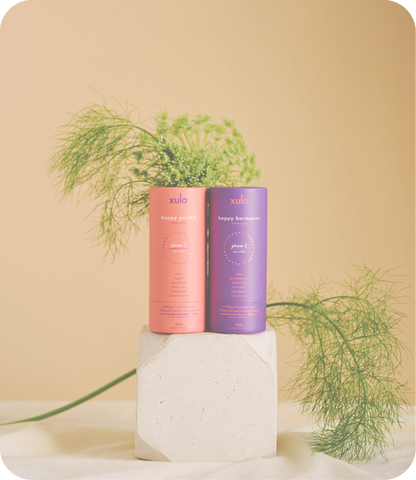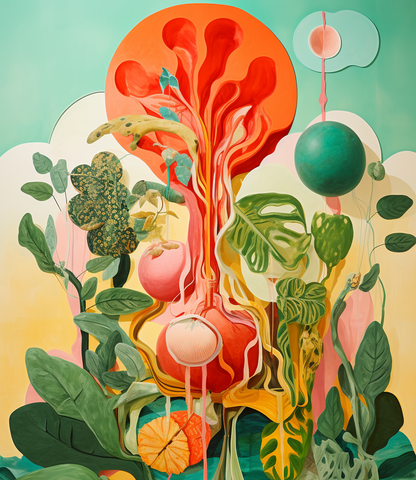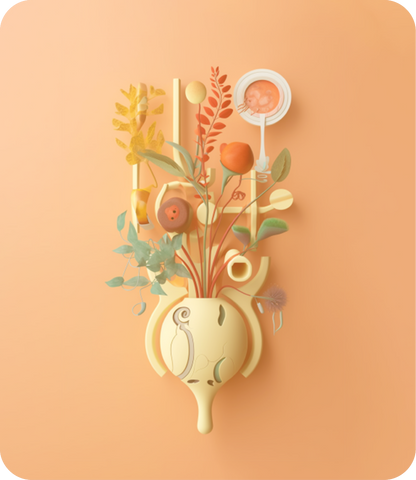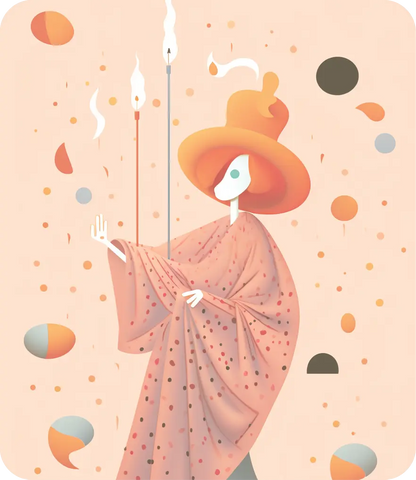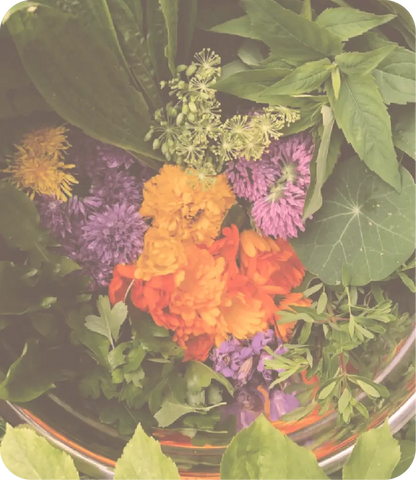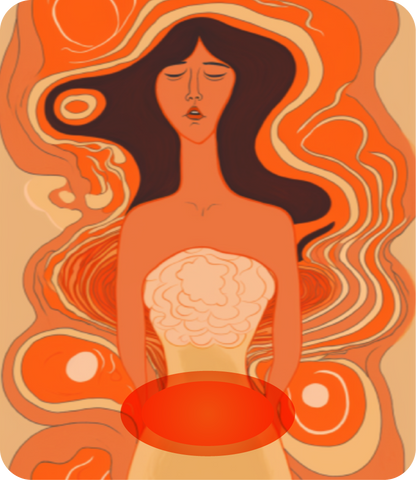
The aesthetic and cool splendor of Hibiscus
As the tides of time usher us into menopause, a natural phase of life, the search for comfort amidst the ebb and flow of bodily changes becomes an ardent pursuit.
In this journey, the world of herbal remedies and alternative therapies emerges as a soothing oasis, offering respite from the storm of menopausal symptoms. Among the vibrant tapestry of botanical solutions, the hibiscus flower stands as a symbol of hope, echoing centuries of cultural reverence and modern scientific curiosity.
The notion of using hibiscus as a natural remedy for one of menopause's most formidable adversaries—hot flashes—has been woven into the fabric of diverse cultures across time. The soft petals and captivating hues of hibiscus have long been admired for their beauty, but it is the rich history of this flower as a balm for the body that truly captivates our attention. In our pursuit of understanding the potential of hibiscus to provide solace during menopause, we are beckoned to traverse through time and tradition.
In recent years, a growing fascination with holistic approaches has propelled herbal remedies and alternative therapies to the forefront of menopausal symptom management. Amidst this surge of interest, hibiscus emerges as a compelling contender—a flower that has not only graced gardens and adorned hair but has also been steeped in ancient traditions as a remedy for various ailments. Its allure lies not only in its aesthetic appeal but also in its whispered promises of relief from the intense heat of menopausal hot flashes.
As we delve into the records of history, we uncover the deep-seated cultural significance of hibiscus in various corners of the world. From ancient rituals to traditional medicinal practices, hibiscus has played a role in providing comfort and care to generations of people traversing the path of menopause. Its presence in age-old remedies is a testament to the enduring belief in its ability to calm the fiery turmoil that hot flashes bring.
Related to: Hibiscus
The Hibiscus Plant and its Cultural Significance
The hibiscus plant, with its resplendent blooms and enchanting charm, has captured hearts across the globe for centuries.
A member of the Malvaceae family, this botanical marvel boasts a diverse array of species and varieties, each exuding its unique allure. Standing tall with lush green foliage and petals that range from delicate pastels to vibrant crimsons, the hibiscus is a true testament to nature's artistic prowess.
Hibiscus sabdariffa, commonly known as roselle, is one of the most recognized and utilized varieties of the hibiscus plant. Its distinctive deep red calyxes and tangy flavor have made it a staple in culinary traditions and herbal remedies around the world. Additionally, Hibiscus rosa-sinensis, known as the Chinese hibiscus, showcases strikingly vibrant blooms that have earned it a place of honor in gardens and landscapes.
Beyond its aesthetic splendor, hibiscus holds a sacred place in the cultural tapestry of numerous societies. From the sun-kissed shores of the Caribbean to the bustling markets of Africa, hibiscus has woven itself into the fabric of daily life. In India, the hibiscus flower adorns the hair of women, symbolizing beauty and grace. In Hawaii, the vibrant hibiscus is a cherished emblem, embodying the spirit of the islands.
Across various regions and civilizations, hibiscus has transcended mere ornamentation, earning a revered status in rituals, ceremonies, and traditional medicine. Ancient Ayurvedic practices harnessed the plant's cooling and calming properties, incorporating it into formulations to pacify imbalances and bring equilibrium to the body. In Egypt, hibiscus tea, known as "karkade," has been savored for generations for its refreshing taste and potential health benefits.
The cultural significance of hibiscus extends beyond its role as a botanical marvel; it embodies the essence of renewal and transformation. In Mexico, hibiscus flowers are used to create vibrant decorations during Day of the Dead festivities, paying homage to departed souls and celebrating the cycle of life. The versatility of hibiscus, from its role in culinary delights to its presence in sacred rituals, showcases its remarkable ability to bridge the mundane and the mystical.
One of hibiscus's most enduring and universal attributes is its reputation as a cooling and soothing herb. This notion has traversed time and borders, finding resonance in both ancient texts and contemporary practices. The gentle touch of hibiscus on the skin has been likened to a comforting embrace, offering relief from discomfort and warmth. As a result, hibiscus has become synonymous with tranquility and respite—a whispered promise of calm in the midst of life's sweltering moments.
Related to: Anise Seeds: A Flavorful Legacy of Culinary Delights and Sleep SupportTraditional Uses of Hibiscus for Menopausal Symptoms
In the tapestry of history, the hibiscus flower emerges as a cherished companion on the arduous journey through menopause. As we delve into the records of ancient civilizations, we unearth whispers of hibiscus's role as a natural remedy, a delicate balm to soothe the fiery discomfort of menopausal symptoms.
Historical records and texts offer intriguing glimpses into the past, hinting at the reverence with which hibiscus was regarded in addressing menopausal discomfort. The scrolls of Ayurveda, the ancient Indian system of medicine, speak of hibiscus as a potent elixir for achieving hormonal balance and tranquility during the transition into menopause. Tales of hibiscus-infused potions and tonics are woven into the fabric of traditional healing practices, where the flower's essence was believed to bring equilibrium to the body's inner rhythms.
Across cultures, hibiscus was ingeniously prepared and consumed to offer respite from the intense waves of heat that accompany menopausal hot flashes. In the heart of Africa, communities embraced the cooling embrace of hibiscus-infused beverages, sipped slowly to calm the inner inferno. The tart and invigorating karkade of Egypt, brewed from the crimson calyxes of the hibiscus flower, was celebrated for its potential to quench thirst and soothe the restless spirit.
Anecdotes and wisdom passed down through generations paint a vivid picture of hibiscus's role in supporting women through menopause. In the bustling markets of Mexico, generations of women have relied on the comforting touch of hibiscus petals to alleviate the intensity of hot flashes. In the serene landscapes of Asia, hibiscus tea, a timeless elixir, has been a whispered secret to navigating the ebb and flow of menopausal symptoms.
As we travel from continent to continent, we witness a shared reverence for hibiscus as a gentle ally during the transformative phase of menopause. The historical legacy of hibiscus as a steadfast companion to women echoes across time, offering a testament to the enduring bond between nature and nurture.
Related to: What is Vitalism?
Energetics: Cooling, Drying, Toning
Actions: Anti Inflammatory (Reduces inflammation), Antioxidant (Can protect against free radicals), Hypotensive (Lower blood pressure)
Found in: Moon-a-pause
Sources
(n.d.). Roselle. Encyclopedia Britannica. https://www.britannica.com/plant/roselle-plant
(n.d.). The Menopause – The New Hot Topic. Camellias Tea House. https://www.camelliasteahouse.com/the-menopause-the-new-hot-topic/#:~:text=Hibiscus%20is%20cooling%20in%20nature,the%20uncomfortable%20symptoms%20of%20menopause.
Michel, J. L., Mahady, G. B., Veliz, M., Soejarto, D. D., & Caceres, A. (2006). Symptoms, attitudes and treatment choices surrounding menopause among the Q’eqchi Maya of Livingston, Guatemala. Social Science & Medicine, 63(3), 732-742.
DOI: 10.1016/j.socscimed.2006.02.010


